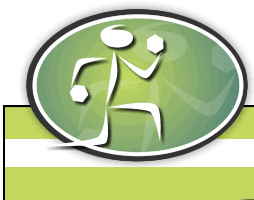Lots of very specific questions
What's up crew? I just passed my exam with a score of 551/800, which seems to be the pretty standard passing score around here.
My study tools were the ACE personal trainer manual 3rd edition (the 4th edition is the current one, I'll explain the differences in a bit), and this site.
The only things you really need from the 4th edition that aren't covered in the 3rd edition is VT1/VT2 thresholds, which the ACE fitness has complete articles about for free. Also, the 4 steps of fitness, which are also found on ACE, which includes the movement/flexibility stage, performance training stage, etc.
Most importantly, the test will ask a lot of very specific questions across all the fitness categories, but it doesn't really dwell on one category. There's really no trick to overcoming these questions other than studying every category proficiently. You may only get one question from a chapter, but it's so specific there's no way to get it right other than knowing everything about the chapter. There's a few questions that are asked more frequently and less specifically, so be sure to study the following areas:
Postural Deviations (head-forward, kyphosis, lordosis, and sway-back), along with which muscles are tight and which are weak for each
Agonist/Antagonist muscles (an example would be, what muscles are being used on the downward portion of the squat, which are used in the upward portion?)
Pregnancy-specific scenarios
Special populations in general, although pregnancy is covered the most. Know what will aggravate a condition (such as upper-body exercises for an asthma sufferer), and whether or not a special population needs medical clearance to begin exercising. A person with just high cholesterol, for instance, doesn't need medical clearance.
Correct exercise intensity for the various populations. Including the Borg scale, target heart rate, duration, and when to use heart rate vs. perceived exertion.
The math is very easy. http://www.acefitness.org/blog/3335/math-on-the-exam-we-ve-got-you-covered has all the formulas you'll need, and you'll probably just use 2 or 3 of those.
Anatomy isn't a big deal, but be sure to know about the muscles composing the shoulder girdle / rotator cuff and the core muscles. The rest is common sense stuff.
Legal procedures are very easy, they're pretty much 'gimme points' with the correct answer being fairly obvious.
Click here to post comments
Join in and write your own page! It's easy to do. How? Simply click here to return to ACE Exam Tips.
|



